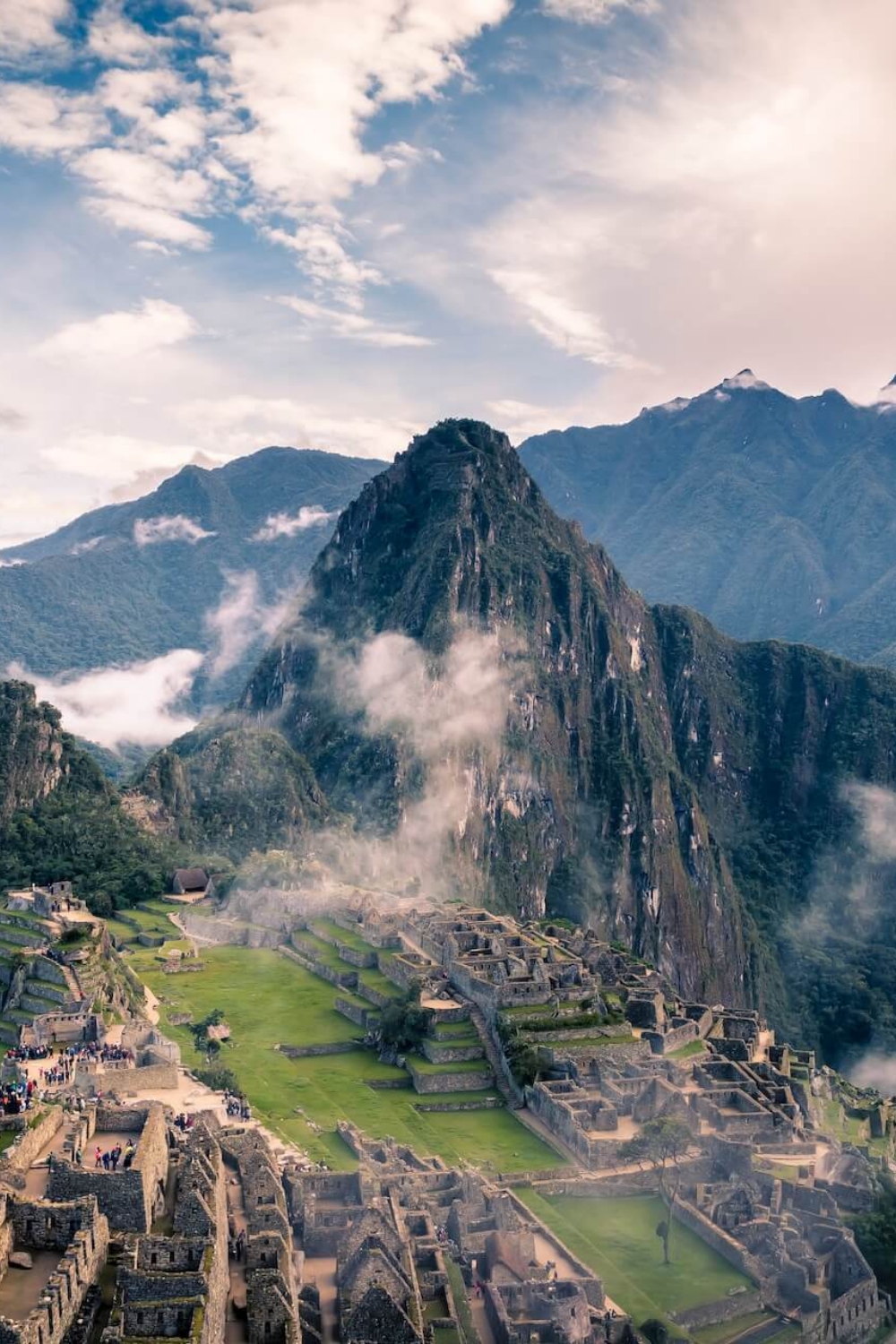
Introduction: The Magic of Machu Picchu
Machu Picchu, nestled high in the Andes Mountains of Peru, is a mesmerizing ancient Incan citadel that has captivated travelers from around the world. This section of the article will delve into the allure and significance of Machu Picchu, setting the stage for an unforgettable hiking trip.
Understanding the allure and significance of Machu Picchu:
Machu Picchu is not just a UNESCO World Heritage site; it is also considered one of the New Seven Wonders of the World. Its mystique lies in its awe-inspiring architecture, intricate stone terraces, and breathtaking panoramic views. The rich history and mystery surrounding Machu Picchu, believed to be a royal estate or a sacred site, add to its allure and make it a bucket-list destination for many hikers and history enthusiasts.
Setting the stage for an unforgettable hiking trip:
Hiking to Machu Picchu is not just about reaching the destination; it’s also about the journey. This section will highlight the unique experience of hiking through the scenic Andean landscape, encountering diverse flora and fauna, and immersing in the local culture of the Andean communities along the way. It will emphasize the physical and mental challenges of the hike, the sense of accomplishment upon reaching the destination, and the memories that will last a lifetime. It will set the stage for an unforgettable hiking trip to Machu Picchu, igniting the reader’s sense of adventure and wanderlust.

Understanding the Hiking Trails to Machu Picchu
Machu Picchu can be reached via several hiking trails, each offering a unique experience and level of challenge. This section will provide an overview of the different hiking trails to Machu Picchu, including the famous Inca Trail, Salkantay Trek, and other less-traveled routes.
Overview of the different hiking trails to Machu Picchu:
The Inca Trail is the most iconic and popular route, known for its ancient Incan ruins, lush cloud forests, and breathtaking mountain vistas. The Salkantay Trek is a challenging alternative, offering diverse landscapes, high mountain passes, and close encounters with local communities. Other options include the Lares Trek, Choquequirao Trek, and Vilcabamba Trek, each with its own unique features and appeal.
Choosing the right hiking trail based on your preferences and fitness level:
Selecting the right hiking trail is crucial for a successful and enjoyable trip to Machu Picchu. This section will provide practical tips on how to choose the right trail based on factors such as fitness level, hiking experience, time available, budget, and personal preferences. It will also highlight the permit requirements for the Inca Trail and other restricted trails, as well as the availability of guided tours and porters for those seeking additional support. The goal is to help readers make an informed decision and select a hiking trail that best suits their abilities and interests, ensuring a safe and enjoyable adventure to Machu Picchu.
Obtaining Permits and Reservations
One of the crucial aspects of planning a hiking trip to Machu Picchu is obtaining the necessary permits and reservations. This section will provide detailed information on the permit system for hiking to Machu Picchu and the steps to secure permits and reservations in advance for a seamless trip.
Understanding the permit system for hiking to Machu Picchu:
The Peruvian government has implemented a permit system to regulate the number of visitors accessing Machu Picchu and its surrounding trails, including the Inca Trail and other restricted routes. This section will explain the permit system, including the types of permits available, the quota system, the booking process, and the associated fees. It will also highlight the importance of planning ahead and securing permits well in advance, as permits are limited and can sell out quickly, especially during peak travel seasons.
Securing permits and reservations in advance for a seamless trip:
This section will provide step-by-step guidance on how to secure permits and reservations for hiking to Machu Picchu. It will cover the booking process, including the official government website and authorized tour operators, and the required information and documents for permit applications. It will also provide tips on how to plan your trip around the availability of permits, including alternative routes and off-peak travel seasons. Additionally, it will highlight the importance of adhering to the permit regulations, including environmental and cultural preservation guidelines, to ensure a responsible and sustainable hiking experience.

Packing and Gear Preparation
Proper packing and gear preparation are crucial for a successful hiking trip to Machu Picchu. This section will provide comprehensive information on the essential gear and clothing needed for hiking to Machu Picchu, as well as tips for packing efficiently and preparing for varying weather conditions.
Essential gear and clothing for hiking to Machu Picchu:
This section will outline the essential gear and clothing needed for a Machu Picchu hiking trip. It will cover items such as hiking boots, backpacks, clothing layers for varying weather conditions, rain gear, sun protection, headlamps, water bottles, and snacks. It will also provide recommendations on the type of gear and clothing suitable for the specific hiking trail chosen, taking into consideration factors such as altitude, terrain, and weather conditions.
Tips for packing efficiently and preparing for varying weather conditions:
This section will provide practical tips for packing efficiently and preparing for varying weather conditions on the hiking trails to Machu Picchu. It will cover strategies for organizing and packing gear in a backpack, including weight distribution, packing for accessibility, and minimizing unnecessary items. It will also provide guidance on preparing for changing weather conditions, including layering clothing, packing for rain and cold, and being prepared for extreme weather scenarios. Additionally, it will emphasize the importance of packing responsibly, including leaving no trace principles and adhering to environmental and cultural preservation guidelines.
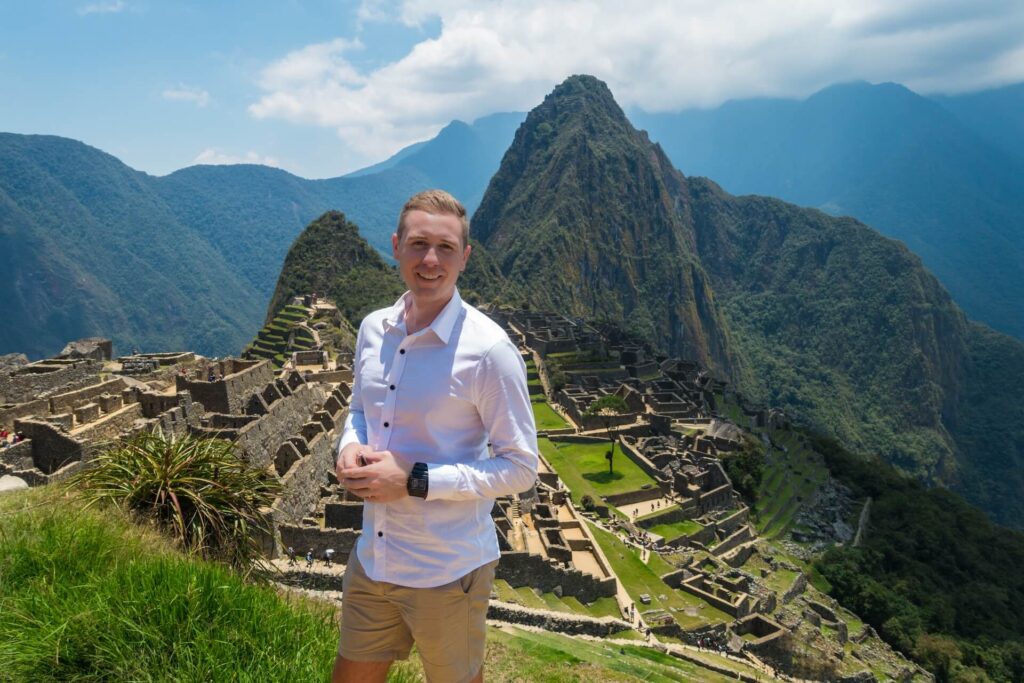
Physical Fitness and Altitude Acclimatization
Physical fitness and altitude acclimatization are crucial factors to consider when planning a hiking trip to Machu Picchu. This section will provide detailed information on how to prepare your body for the physical demands of hiking at high altitudes and strategies for acclimatizing to the altitude to reduce the risk of altitude sickness.
Preparing your body for the physical demands of hiking at high altitudes:
Hiking in the Andean mountains requires a certain level of physical fitness due to the challenging terrain, steep inclines, and high altitude. This section will provide tips on how to prepare your body for the physical demands of hiking at high altitudes. It will cover strategies such as regular cardiovascular exercise, strength training, and flexibility exercises to build endurance, strength, and stamina. It will also provide recommendations on gradually increasing the intensity and duration of physical activity to prepare the body for the rigors of hiking.
Strategies for acclimatizing to the altitude and reducing the risk of altitude sickness:
Altitude sickness is a common concern for hikers hiking to Machu Picchu due to the high altitude of the Andean mountains. This section will provide comprehensive strategies for acclimatizing to altitude and reducing the risk of altitude sickness. It will cover topics such as gradual ascent to higher altitudes, proper hydration, rest and sleep, nutrition, avoiding alcohol and smoking, and recognizing the signs and symptoms of altitude sickness. It will also provide information on how to deal with altitude sickness if it occurs and when to seek medical attention.
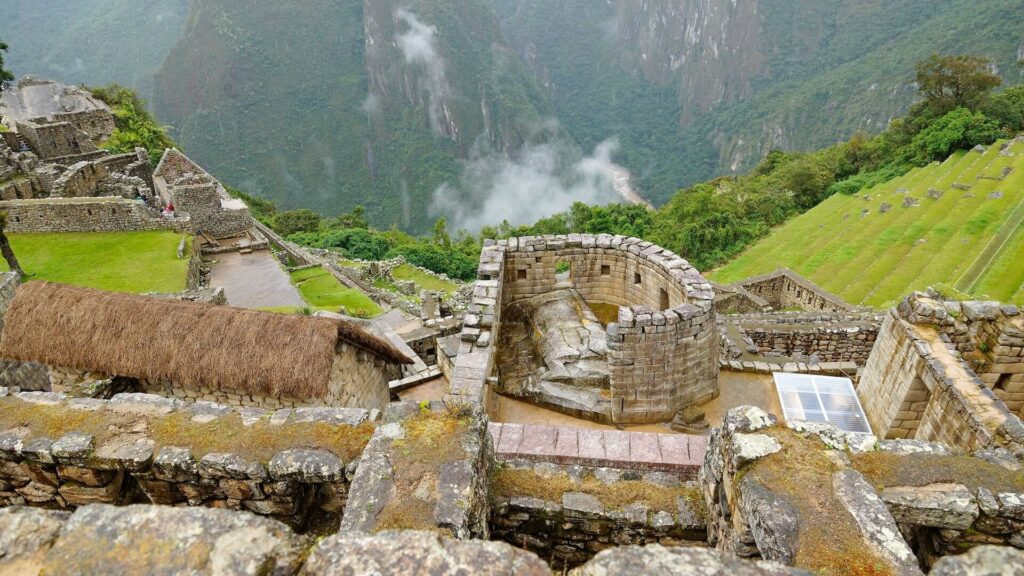
Cultural and Environmental Considerations
When planning a hiking trip to Machu Picchu, it’s important to be mindful of the cultural and environmental considerations associated with this iconic destination. This section will provide detailed information on understanding the cultural significance of Machu Picchu, respecting local customs, and minimizing your environmental impact through responsible hiking practices.
Understanding the cultural significance of Machu Picchu and respecting local customs:
Machu Picchu is not only a UNESCO World Heritage site but also holds immense cultural significance to the local Peruvian communities, particularly the Quechua people. It’s crucial to understand and respect the cultural significance of Machu Picchu by learning about its history, significance, and customs of the local people. This section will provide insights into the rich cultural heritage of Machu Picchu and guide hikers on how to show respect to the local customs and traditions, such as proper behavior at archaeological sites, respecting local communities, and interacting with local people in a respectful manner.
Minimizing your environmental impact and practicing responsible hiking:
As a responsible hiker, it’s important to minimize your environmental impact and leave the natural environment around Machu Picchu pristine for future generations to enjoy. This section will provide detailed information on responsible hiking practices, such as following designated trails, packing out all waste, respecting wildlife, and avoiding damaging activities such as littering or removing archaeological artifacts. It will also highlight the importance of practicing Leave No Trace principles, such as minimizing campfire impact, respecting local flora and fauna, and conserving water resources. Additionally, this section will provide information on supporting sustainable tourism practices, such as choosing eco-friendly accommodations and supporting local conservation efforts.
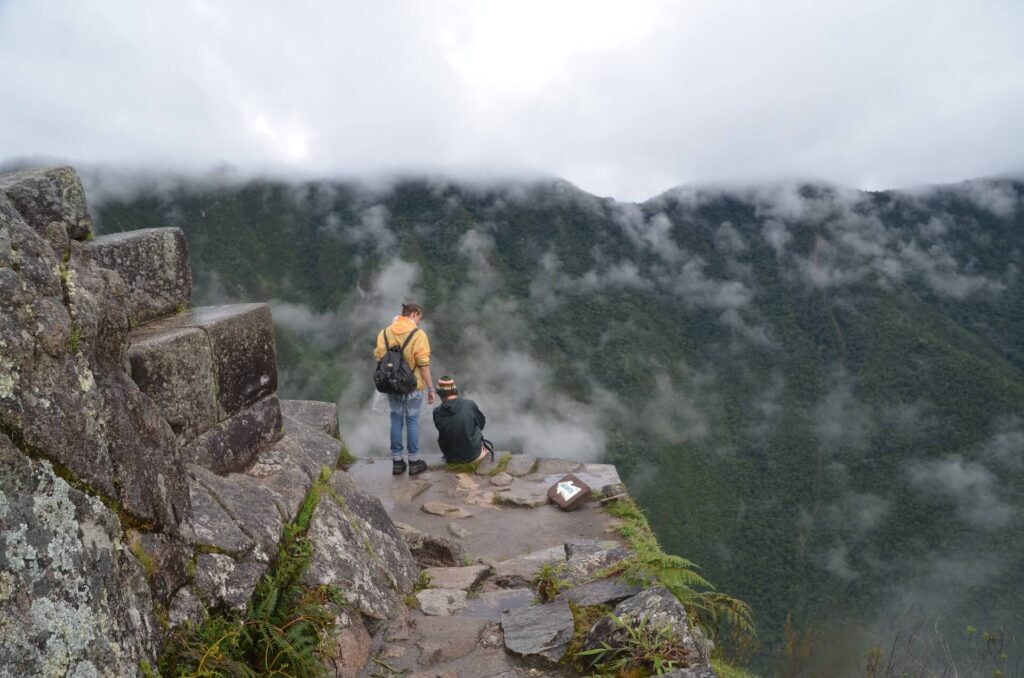
Safety and Emergency Preparedness
Ensuring the safety of yourself and your fellow hikers is paramount when planning a hiking trip to Machu Picchu. This section will provide comprehensive information on safety tips during the hike and at Machu Picchu, as well as emergency preparedness, including first aid, communication, and evacuation plans.
Tips for staying safe during the hike and at Machu Picchu:
Hiking to Machu Picchu involves traversing various terrains and altitudes, and it’s essential to be prepared for potential safety hazards. This section will provide detailed safety tips, including information on staying on designated trails, being aware of weather conditions, carrying sufficient water and snacks, using appropriate sun protection, and wearing appropriate hiking gear. It will also include guidelines for safe hiking practices, such as hiking in a group, avoiding solo hiking, and adhering to local regulations and guidelines.
Emergency preparedness, including first aid, communication, and evacuation plans:
While planning a hiking trip to Machu Picchu, it’s crucial to be prepared for emergencies. This section will provide information on emergency preparedness, including carrying a first aid kit, knowing basic first aid skills, and being aware of emergency communication and evacuation procedures. It will also provide insights into local emergency services and resources, such as emergency contact numbers, nearby medical facilities, and evacuation routes. Additionally, this section will emphasize the importance of having travel insurance that covers emergency medical expenses and evacuation.
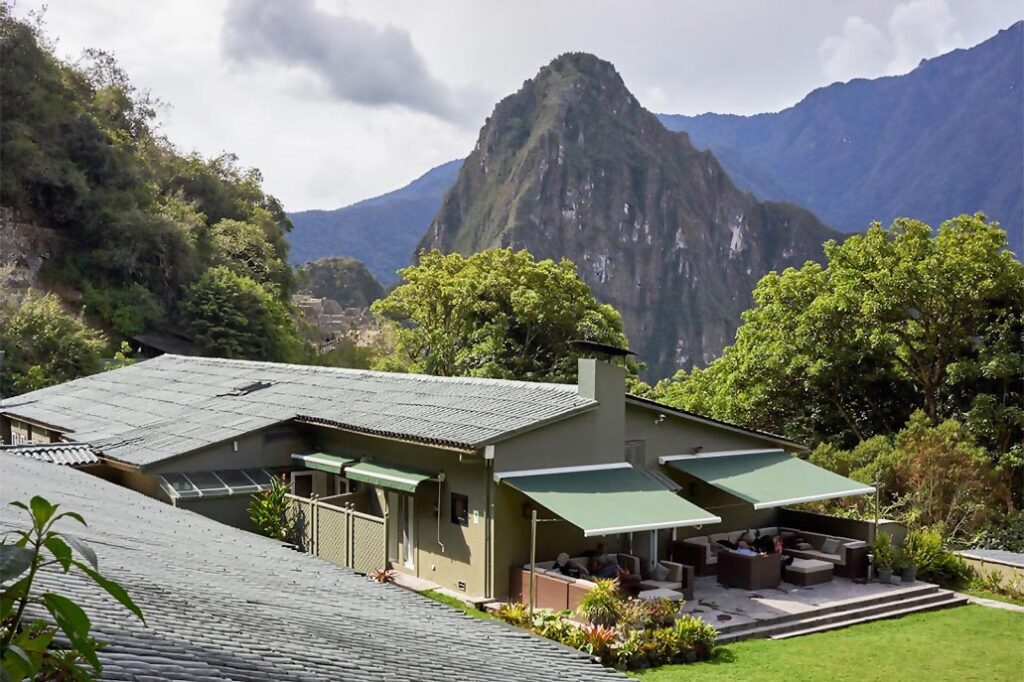
Accommodation and Food Options
When planning a hiking trip to Machu Picchu, it’s essential to consider accommodation and food options along the hiking trails. This section will provide an overview of the different accommodation options available along the hiking trails to Machu Picchu, as well as tips for choosing and booking accommodation, and information on food options during the hike.
Overview of accommodation options along the hiking trails to Machu Picchu:
There are several accommodation options along the different hiking trails to Machu Picchu, including camping, lodges, and guesthouses. This section will provide details on the types of accommodation available, their facilities, amenities, and locations along the hiking trails. It will also highlight the unique experiences and advantages of each accommodation option, such as camping under the stars, staying in eco-lodges, or immersing in local culture in guesthouses.
Tips for choosing and booking accommodation, as well as food options during the hike:
Booking accommodation along the hiking trails to Machu Picchu requires careful planning and preparation. This section will provide practical tips for choosing and booking accommodation, including considerations such as availability, permits, and pricing. It will also provide insights into food options during the hike, including information on packing food, purchasing food en route, and dietary considerations for hikers with specific dietary requirements. Additionally, this section will provide information on local cuisine, traditional dishes, and dining options at Machu Picchu itself.
Having a good understanding of accommodation and food options along the hiking trails to Machu Picchu, and making informed decisions on booking accommodation and planning for food, will enhance your overall hiking experience and ensure that you have comfortable and satisfying stays during your trip.
Budgeting and Financial Planning
As with any travel adventure, budgeting, and financial planning are crucial aspects of planning a hiking trip to Machu Picchu. This section will provide insights into the costs associated with hiking to Machu Picchu and offer budgeting tips and financial planning strategies to ensure a well-planned and affordable trip.
Understanding the costs associated with hiking to Machu Picchu:
Hiking to Machu Picchu involves various costs, including permits, accommodation, transportation, meals, gear, and other miscellaneous expenses. This section will provide a detailed breakdown of the different costs associated with hiking to Machu Picchu, including entrance fees, permit fees, camping fees, transportation costs, food costs, gear costs, and other potential expenses. It will also highlight any additional costs that may arise during the hike, such as emergency expenses or unforeseen circumstances.
Budgeting tips and financial planning to ensure a well-planned and affordable trip:
Planning a budget for your hiking trip to Machu Picchu is essential to ensure that you have enough funds to cover all necessary expenses. This section will provide practical budgeting tips, such as researching and comparing costs, setting priorities, and allocating funds for different expenses. It will also offer strategies for financial planning, including saving in advance, budgeting for contingencies, and managing expenses during the trip. Additionally, this section will provide information on cost-saving measures, such as opting for budget accommodation, packing your own food, and being mindful of unnecessary expenses.
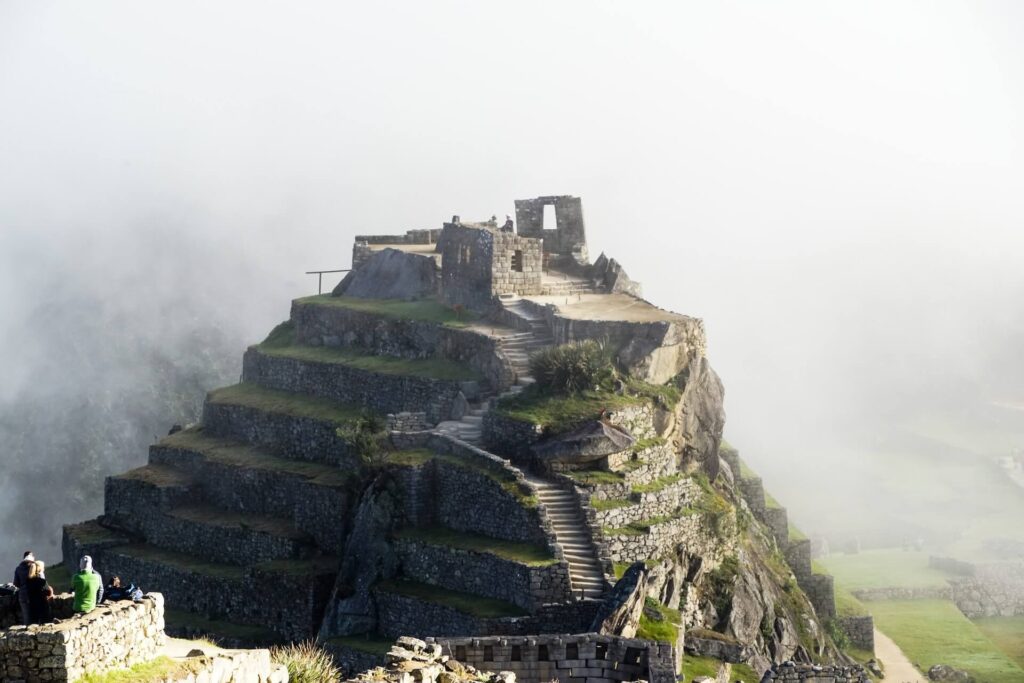
Final Tips and Recommendations
As you plan your hiking trip to Machu Picchu, there are some additional tips and recommendations that can help ensure a successful and unforgettable experience. This section will provide valuable insights and suggestions to enhance your trip and make it truly memorable.
Additional tips for a successful hiking trip to Machu Picchu:
This section will offer practical tips, such as packing light, staying hydrated, wearing appropriate footwear, using sunscreen, and taking breaks to rest and acclimatize. It will also provide guidance on managing waste responsibly, respecting local customs and culture, and following safety guidelines and regulations. Additionally, this section may include recommendations for hiring a reputable guide or joining a guided tour for a smoother and more enriching experience.
Recommendations for enhancing your Machu Picchu experience:
This section may include suggestions on ways to make your trip to Machu Picchu even more special, such as catching a sunrise or sunset at the site, exploring lesser-known trails or viewpoints, engaging with local communities, and learning about the history and significance of Machu Picchu through guided tours or informative resources. It may also recommend taking the time to fully immerse yourself in the natural beauty and cultural heritage of the region, capturing the moments with photographs, and creating lasting memories.

Conclusion
Planning a hiking trip to Machu Picchu requires careful preparation and consideration of various factors, including the hiking trails, permits and reservations, packing and gear, physical fitness and altitude acclimatization, cultural and environmental considerations, safety and emergency preparedness, accommodation, and food options, as well as budgeting and financial planning. By taking the time to thoroughly plan and prepare for your trip, you can ensure a smooth and enjoyable experience while maximizing your chances of success in reaching this iconic destination.
Machu Picchu is a world-renowned archaeological site that holds immense cultural and historical significance. It is a destination that captivates travelers from all over the world with its breathtaking beauty, rich history, and unique cultural heritage. Planning a hiking trip to Machu Picchu requires careful consideration of various factors to ensure a safe, enjoyable, and responsible adventure.
From understanding the different hiking trails and obtaining permits to packing the right gear, acclimatizing to the altitude, respecting local culture and environment, and being prepared for emergencies, each aspect of planning a Machu Picchu hiking trip is crucial. Additionally, budgeting and financial planning are essential to ensure that your trip is financially feasible and well-managed.
Read more articles here.
Generated with Pin Generator

